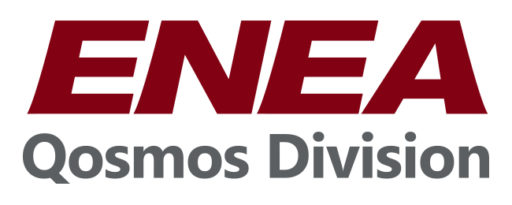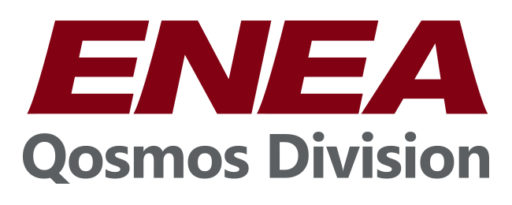
Description
Qosmos, a division of Enea, leads the market for embedded IP traffic classification and network intelligence technology used in physical, SDN and NFV architectures. The company supplies software to vendors who embed real-time application visibility in their products for traffic optimization, service chaining, quality of service, analytics, cyber security and more. Qosmos customers benefit from fast time to market and continuous signature updates for their products. As the leading supplier of IP traffic classification and network intelligence software, Qosmos contributes actively to open source projects and international standards, and serves 75% of the market.
Source: https://www.linkedin.com/company/qosmos/about/


